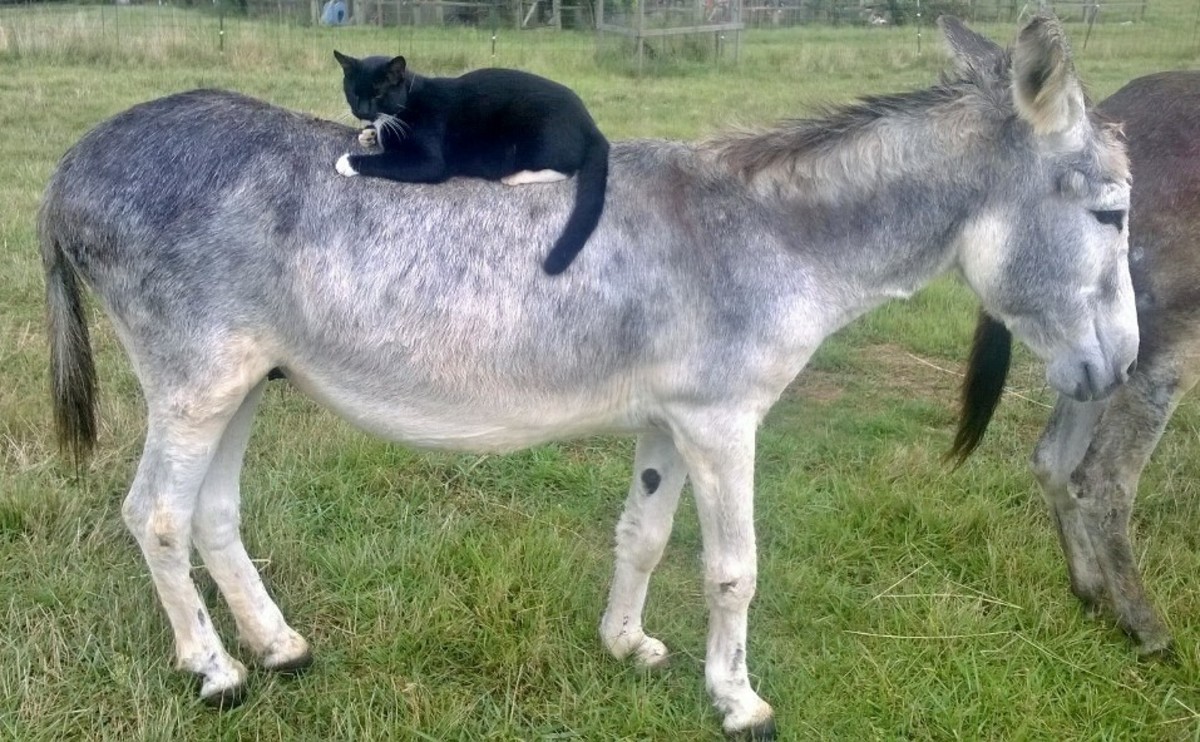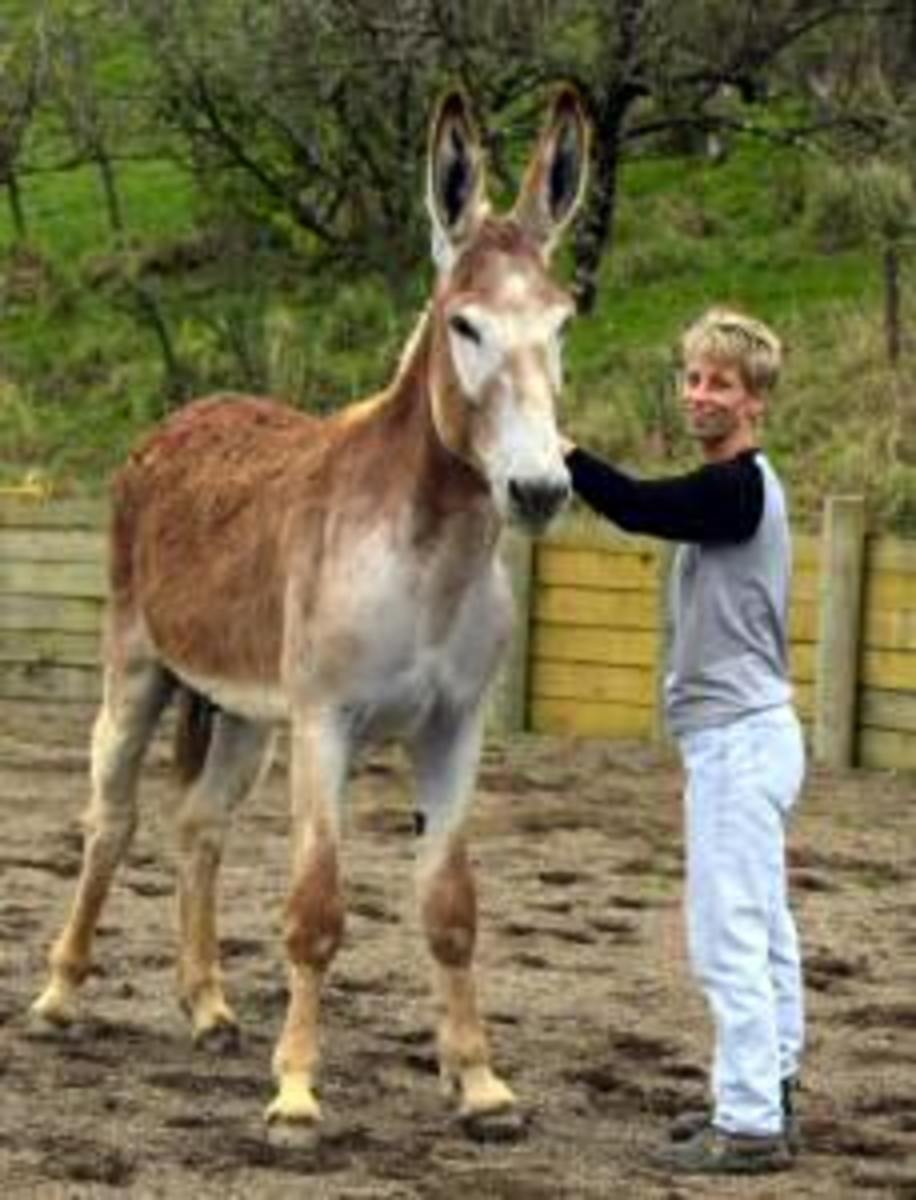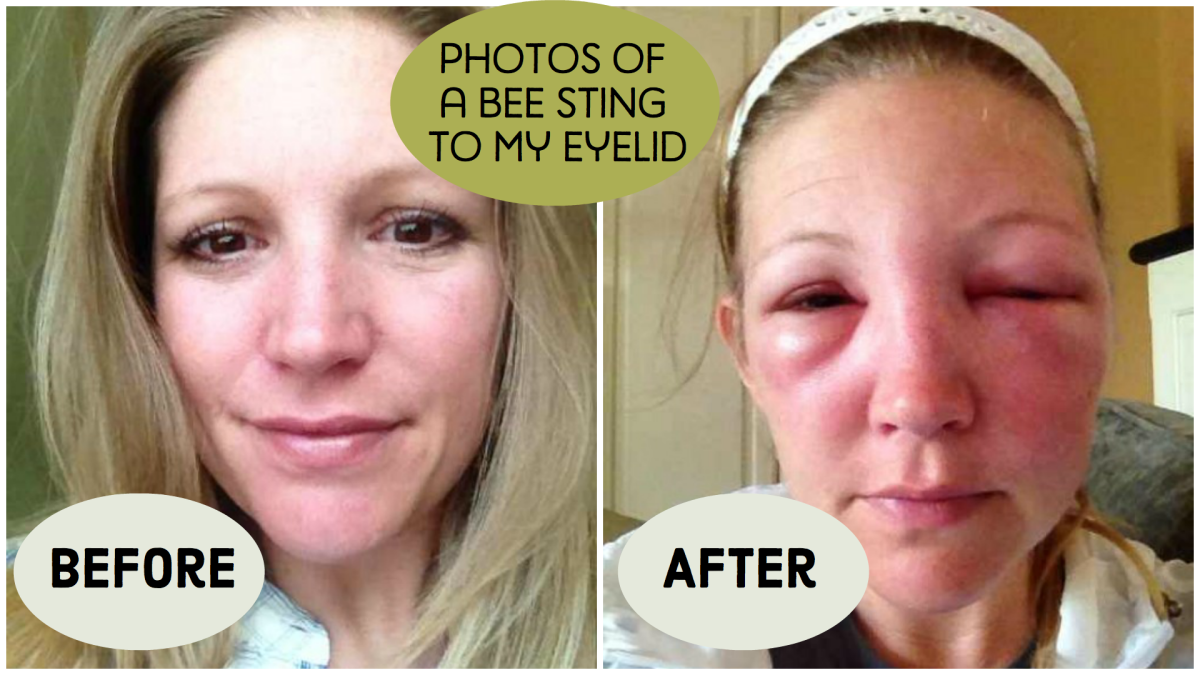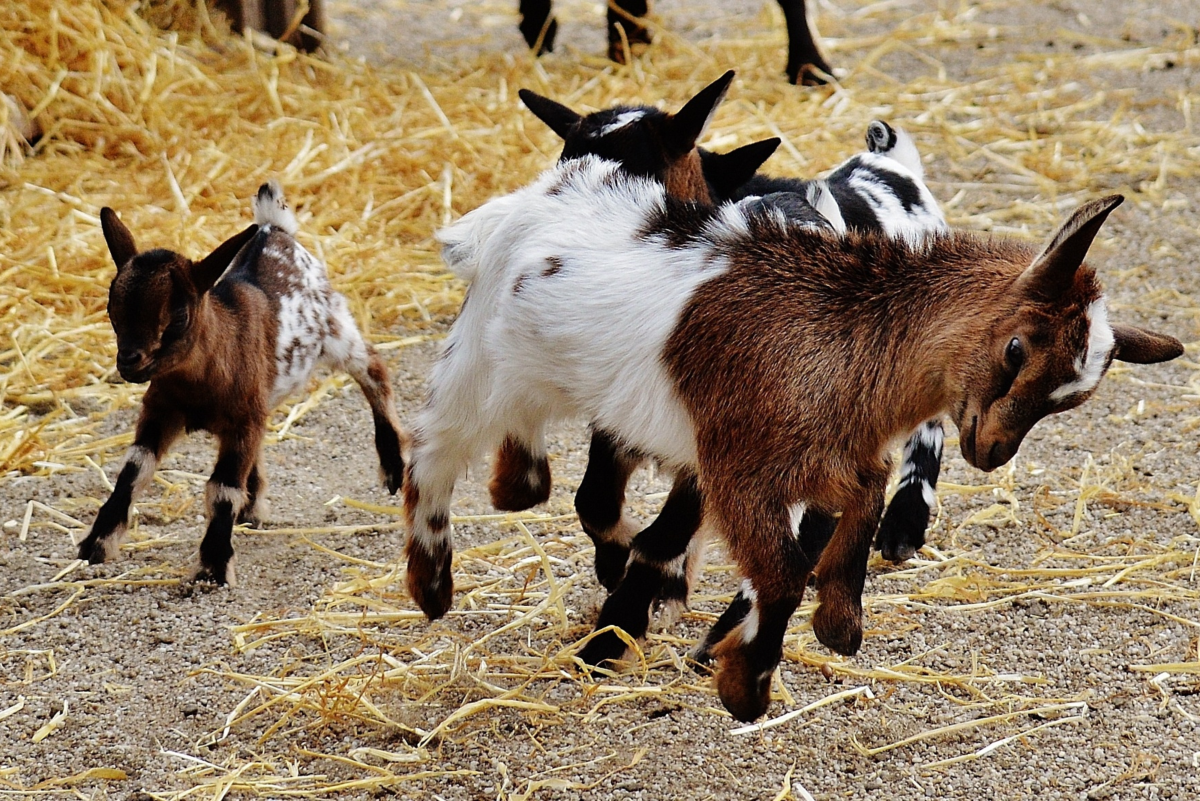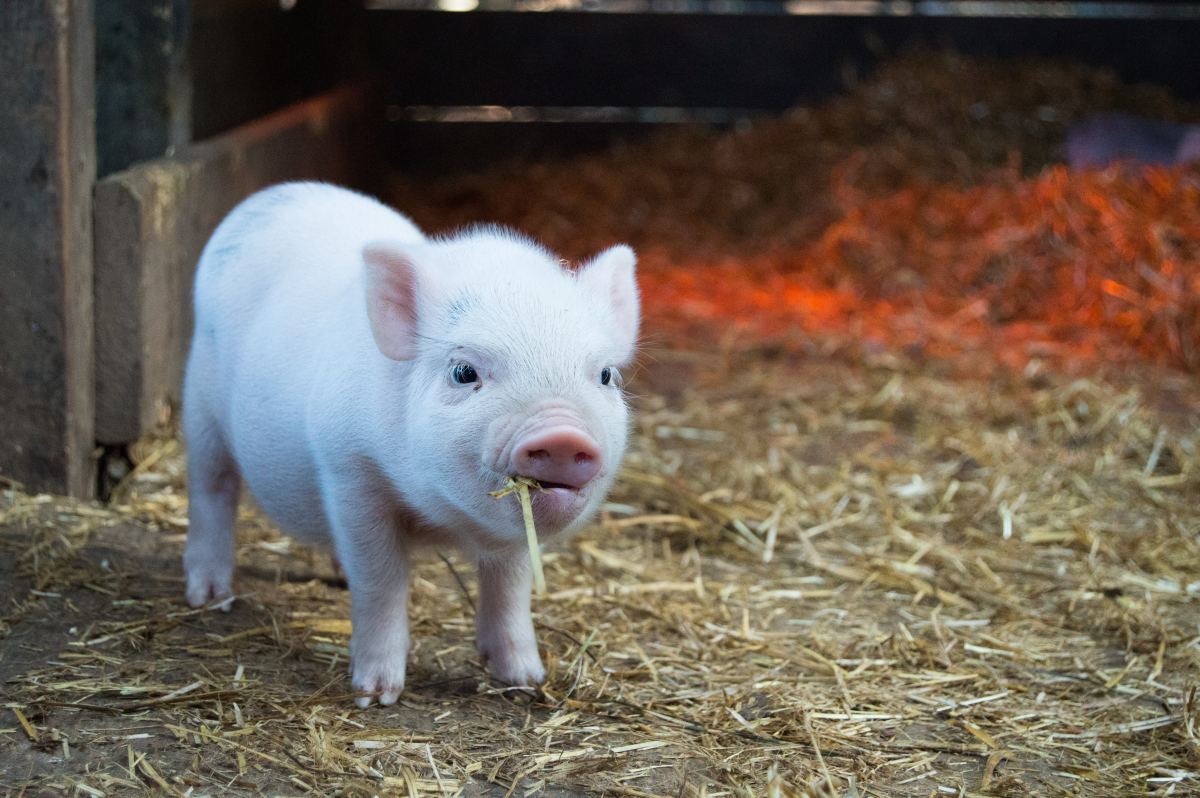Why Do We Need a Donkey Refuge in the B.C. Interior?
What is a Donkey?
Donkeys, equus afticanus asinus, have been used as working animals for 5000 years. Archelological excavatons in Lower Egypt have turned up the remains of domestic donkeys dating from 4000 B.C.E. From Egypt they were introduced across Europe by the Romans as they built their empire, and they moved to America with Christopher Columbus on his second voyage, to Hispaniola, in 1495.
Smaller than horses, donkeys are used as pack or draught animals more than for riding. They are strong for their size, and their efficient digestive system gives them an advantage of being cheaper to maintain than horses. A donkey needs to eat about 1.5 % of its body weight each day, compared to a horse that typically needs to eat 2% of its body weight each day, or slightly more. Given that horses are bigger and weigh more than donkeys, the difference in amount of amount of feed required is significant. This is one of the reasons donkeys are popular as draft and pack animals in developing countries where mechanized agriculture is not common.
Besides their efficient digestive system, donkeys are also adapted to survive in hot countries and on marginal desert lands because their large ears help to radiate body heat and cool them down. In the furry ears, blood vessels are close to the surface, so as the warm blood passes through the ears, the heat escapes through the skin into the surrounding air, and the cooled blood moves back toward the heart, keeping the donkey's core body temperature within the optimum range.
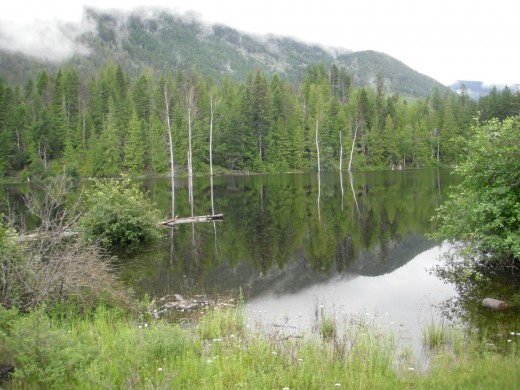
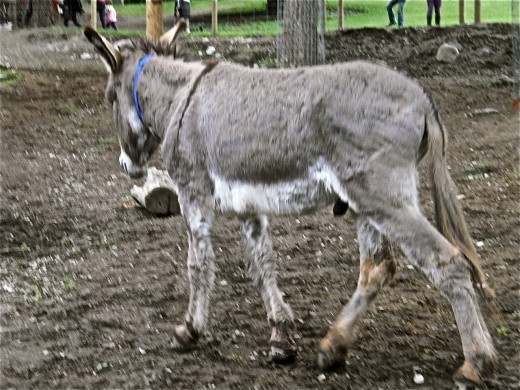
What Happens at a Donkey Refuge?
"Why do we need a donkey refuge?" was one of my first questions when I drove through the gate recently at the Turtle Valley Donkey Refuge. I learned that the Refuge is a home for abused, mistreated, neglected, orphaned or unwanted donkeys, some of whom have survived horrifying conditions.
"Most people don't realize that domesticated donkeys live between 30-50 years, and when they buy a donkey as a pet for their child, the child grows up and the donkey is left, still requiring a lot of care. Many of our donkeys here have come from families that could no longer take care of their pet donkey," the attendant explained.
Other donkeys have been rescued from rodeos or abusive "sport" arenas, where donkeys are prodded with electricity to make them run, an unnatural gait for a donkey, and then they are lassooed and their hoofs roped together. The winner of the prize purse is the one who ropes the donkey in the shortest time.
Some of the donkeys have come from grim conditions of maltreatment--kept in dark, windowless stables with no other donkeys. Donkeys are social animals and need a herd. When this donkey came to the refuge, he was afraid of the light, was anxious about mixing with other donkeys, and brayed constantly. Donkeys like this need time, kindness and consistent loving treatment and care to rehabilitate them; some will never fully recover.
At the Turtle Valley Refuge, the donkeys have clean stables, food, water, veterinary and dental care, and access to open pasture for exercise, free play and grazing. They are placed in small herds with others they get along with. Once placed here, they are here to stay for the rest of their lives, without being bred, sold, traded or fostered out. Other donkey refuges doing similar rescue and rehabilitation work are located in Austalia, and in Europe.
You can read more about how Elisabeth Svendsen started the first donkey refuge at Sidmouth, in England, here.
Turtle Valley Donkey Refuge in British Columbia, Canada
Turtle Valley Donkey Refuge is out the Skimikin Lake Road in a beautiful valley south of Chase.
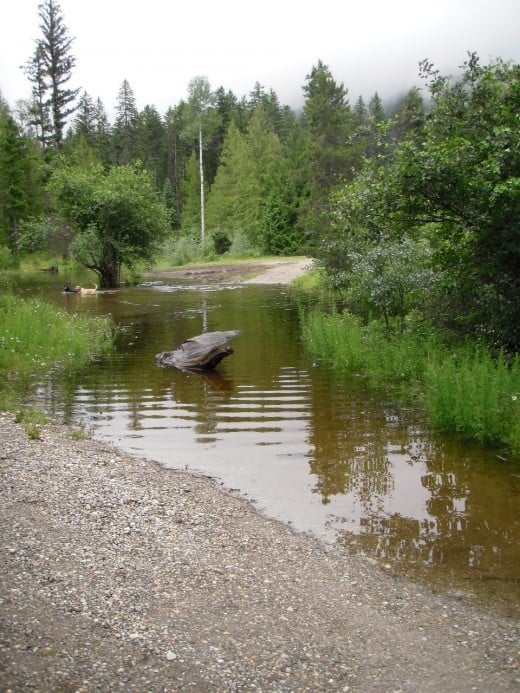
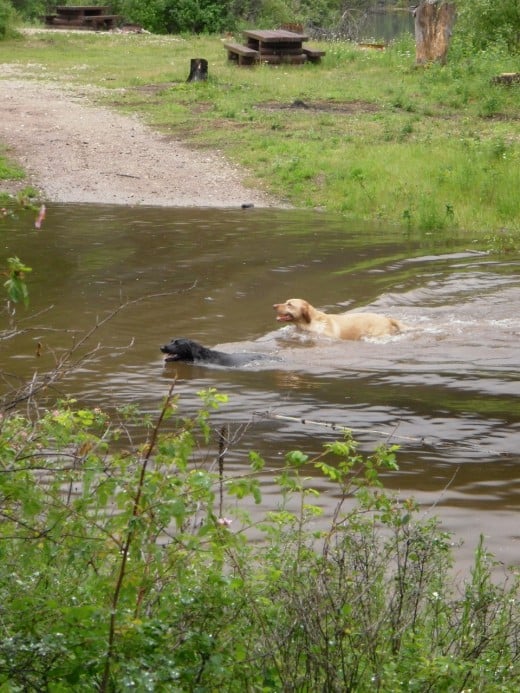
Donkey Days 2012 at Turtle Valley Donkey Refuge Society
I arrived at the 4th annual Donkey Days in June, 2012 at Turtle Valley Donkey Refuge. I had followed a sign on the road, as I explored some of the back roads of the Shuswap region touring some of the small vineyards and wineries that are starting to make a name for themselves producing prize-winning wines from grapes grown north of the 50th parallel. It had been raining hard most of the day, in one of the rainiest springs on record. In fact, flooding was beginning along the rivers and streams of the Shuspwap Lake, the Thompson Rivers, and the Fraser River. The tributary creeks and streams were all in spate, and the Trans-Canada Highway was washed out at Sicamous, closing the road between the Rocky Mountains at Revelstoke and Vancouver.
Never having been in that area before, I pulled into the parking lot at Skimikin Lake Forest Reserve site, a camping site with firepits, picnic tables, outdoor toilets, and small paddocks for horseback campers who enjoy the trail riding in the park, and visit local wineries by horseback.
By mid-afternoon, the sun broke through as I drove around the end of Phillip Lake in Turtle Valley and parked in a muddy sloping field on the Refuge Farm.
Turtle Valley near Skimikin Lake Park, British Columbia
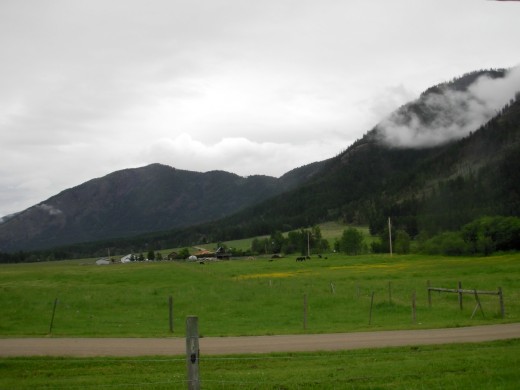
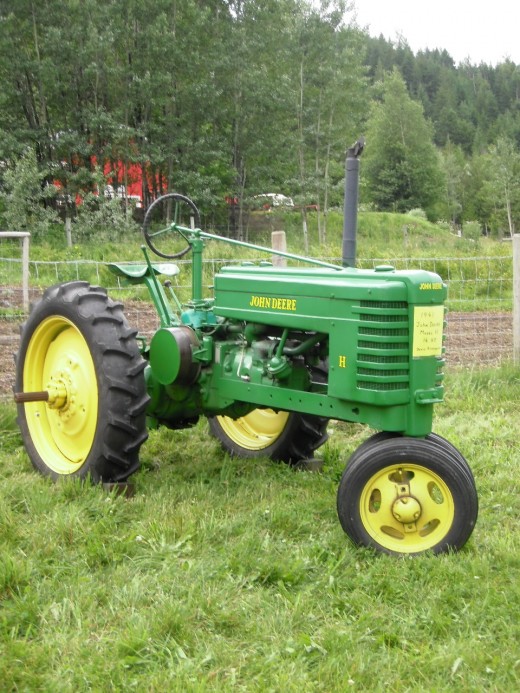
What do you know about taking care of donkeys' feet?
view quiz statisticsDonkey Care
After stopping to look at the 1941 John Deer tractor on display, and the exhibit of water pumps and bicycle mounted with a small engine from 1927, put on by the Shuswap Historical Society, I moved up to the blues and country music I heard coming from a small stage erected in front of the garage. Along the way I stopped to talk to a blacksmith, who worked in a theatre company by day and pursued his blacksmithing hobby on weekends, demonstrating the skill at fairs like this one and working on commissions for clients. Children with painted faces and paper donkey ears wandered by, stopping to pat the donkeys in the paddock, as I made my way up to the large red barn.
Here in the barn volunteers talked to visitors and answered questions about the donkeys, their care, and the fundraising needs the refuge has to keep the work going. Veterinary bills are enormous, since most of the donkeys come in with various medical or dental conditions that need urgent care- such as infections from untreated wounds, parasites, deformed feet and legs from neglected hoofs, and sicknesses from starvation or improper diet. Donkeys are adapted to live on rough, rocky ground, so their hooves are more elastic than horses hooves, and they do not wear down as fast. On soft ground, in paddocks and in barns, their hooves grow and need to be trimmed regularly, at a cost of $30 for each animal. In addition, capital costs are ongoing, including property taxes, new barns for the growing herds, fencing, and transportation of rescued donkeys.
Can you make a donation?
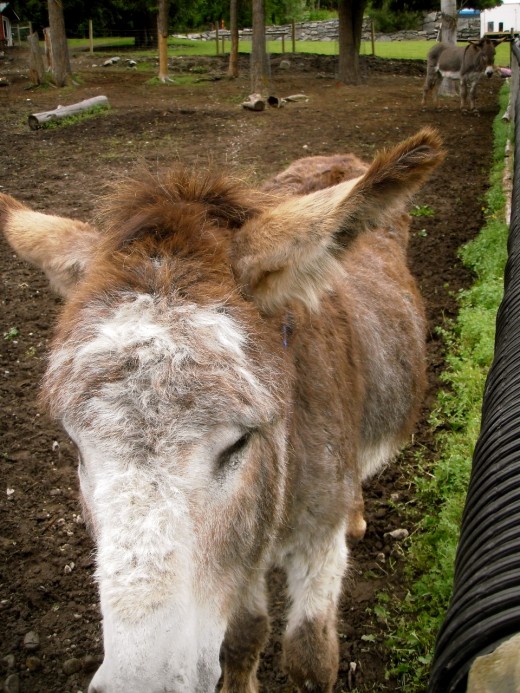
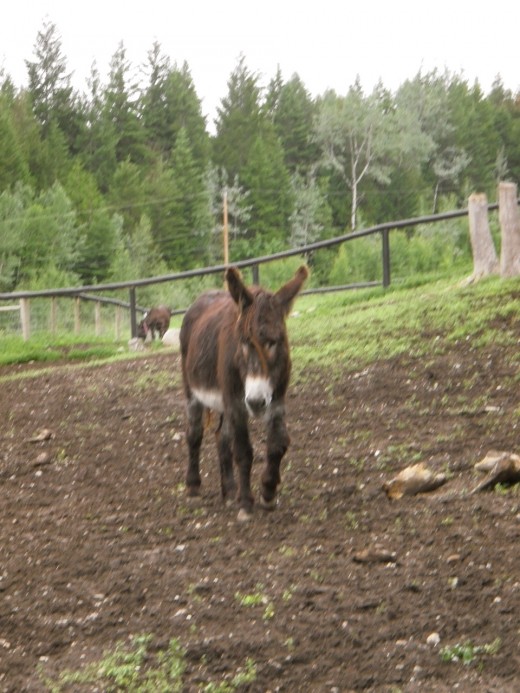
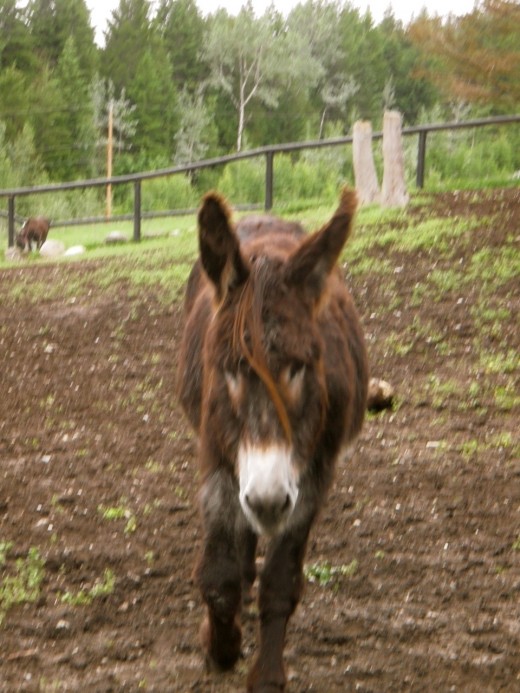
Did you say, a Hinny? Er, What's a Hinny?
Donkeys are often bred with horses, to get offspring that are bigger than donkeys but have the strength, capacity for work, and digestive efficiency of a donkey. Since horses have 64 chromosomes, and donkeys have 62, their offspring end up with 63 chromosomes, and are sterile. A male donkey, or jack, bred with a female horse, or mare, produces a foal called a mule. A male horse, or stallion, bred with a female donkey, or jenny, yields a foal called a hinny. Mules are more common than hinnies because stallions are usually more interested in covering mares than jennies.
Donkeys have also been crossed with zebras, who are also in the horse family, to yield offspring even more adapted to dry grasslands and marginal desert areas. A female donkey bred with a male zebra is a zonkey, or zebrinny. Since many species of zebra are at risk or endangered, female zebras are not used for cross-breeding, for the offspring of interspecies mating are always infertile.


